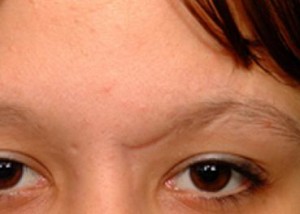Scar Treatment: The 411 About Scars
Scar formation is a total normal part of the healing process. A MD, MPH, assistant clinical professor of dermatology at SUNY Downstate Medical Center and founder of the Art of Dermatology LLC in New York City, Jessica Krant quotes, “when the skin is injured, collagen produces into override to fix the wound as fast as possible, and the skin would never look the same, for the reason that it does not contain all of the normal parts of the skin.
Depending on the number of factors is how the scar would turn out to look like. The shape, size, and depth of the wound contribute to how the scar looks, also as do to the amount of blood that can get into the wounded area, your skin color, and your skin thickness.
There are three main types of scars. The normal scar is rather thin, small, and flat. Hypertrophic scars are completely the opposite from the normal scar, they are red, thick, and raised. Unlike hypertrophic scars, the keloid scars expand beyond the contours of the actual wound, often dark or red and are also raised. Dr. Krant proclaims, that the keloid scars tend to be genetic and can be difficult to control or predict. The overproduction of collagen is what makes the keloid scar, but they can be treated by injecting steroid medication into the affected area. The best outcome when dealing with a keloid scr is to obtain a consultation with a medical professional.


I have a scar on my chin, I have had it for a very long time and it never goes away. Am so glad that I have got some information on how to treat it, it bugs me every time I look in the mirror, but never thought you could do anything about it that would improve the way it looks. So glad you wrote this so that I can look into this medication. Thank you.